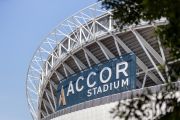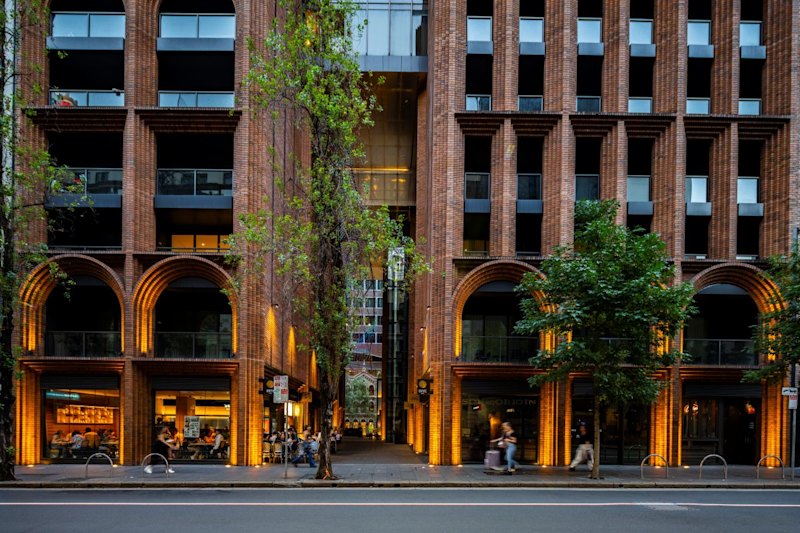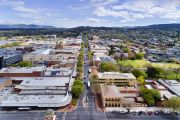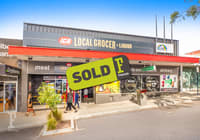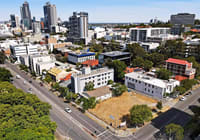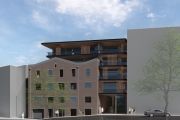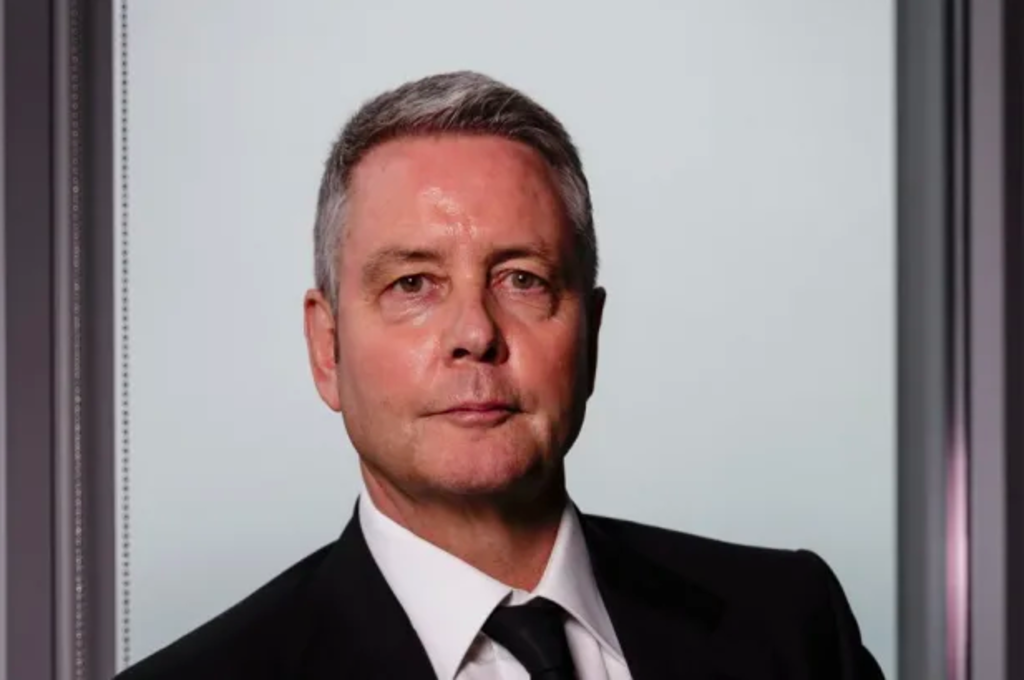
Goodman primed for earnings upgrade on e-commerce boom
A booming digital economy, given added fuel by a global pandemic, drove industrial property powerhouse Goodman Group to new heights in the first quarter of the 2021 financial year as demand for warehouse space surged around the world.
Led by Greg Goodman, the country’s most valuable real estate investment trust grew its global development pipeline by 12 per cent over the quarter to $7.3 billion – up more than 70 per cent over the past 12 months – and reported a 98 per cent occupancy rate across its $51.7 billion of assets under management, with rents rising at almost 3 per cent a year.
As part of a first quarter trading update, Goodman also re-affirmed full year guidance of a 9 per cent rise in operating earnings per security to 62.7c.
Goodman securities surged 3.7 per cent on the news to a new high of $19.63, valuing the trust at more than $36 billion. It’s now three times more valuable than its nearest A-REIT rival, Westfield mall owner Scentre Group, whose market capitalisation has fallen to $12 billion amid the disruption hitting retail property due to the pandemic and the rise of online shopping.
With equity analysts at JPMorgan expecting Goodman’s full-year earning per share growth to be closer to 12 per cent on “very good” development metrics, Goodman is on track to upgrade its full-year earnings guidance at the half-year mark, something it has done for the past six years.
“The numbers keep increasing, work-in-progress keeps increasing,” Mr Goodman told The Australian Financial Review.
“Its being driven by the digital economy and the way people are living and working. Digital retail is having an impact on the services people want and it’s given us good growth opportunities.
‘You see it also in the numbers coming out from retailers and third-party logistics operators. There’s lots of work and activity coming from convenience shopping in all its forms,” Mr Goodman said.
Highlighting this trend, Woolworths, which has invested heavily in giant automated distribution centres alongside rival Coles, said it was struggling to keep up with the demand coming from online food sales, which are up 100 per cent across Australia this year.
“We’re supply constrained not demand constrained,” Woolworths chief executive Brad Banducci said this week.
While Goodman is heavily leveraged to the global economy – more than half of its portfolio is outside Australia and New Zealand – Mr Goodman said it was the big structural shifts occurring in retail rather than any political transitions that were driving its business and investment more broadly into industrial property.
“We’re watching the structural trends all the time so that we will know how people will live and work in five years time.
“We’re building into that demand, not following it.”
In Australia, Goodman is working on a number of big projects, including a giant 200,000 square metre fulfilment centre for Amazon in Western Sydney and another for Amazon in Brisbane.
“Underlying demand is very good in and around the city environment. We’re working on lot of good projects,” Mr Goodman said.
He also praised Australia’s handling of the pandemic.
“We’re doing great job learning to live and manage it. Its a really good thing. [As a result] businesses are reorganising and recalibrating for new demand and we are seeing that in our business,” he said.

